0
There are no products in your basket yet
discover our Products
Product is not available in this quantity.
Ghee is one of the healthiest cooking fats derived by clarifying butter, over a slow flame and fine straining. Ghee is an oil like liquid which may partially solidify, depending on the temperature.
Ghee can be used for daily spreading, sautéing, baking, frying and deep-frying. The versatility that our Ghee can be used with, is found on our recipe page. Use our plain/original recipe Ghee in place of where you would normally use oils and cooking fats or even butter. Our ‘Turmeric Ghee’ is perfect for Turmeric Latte; use Cinnamon Ghee in Bullet proof coffee; our ‘Chilli Ghee’ is best poured over soups, lentils, stews or any meal to spice it up; try ‘Herbs de Provence Ghee’ roast potatoes; Morel Pate Ghee is relished with breads as a dip. Ghee can also be used as a finishing glaze over your hot meals.
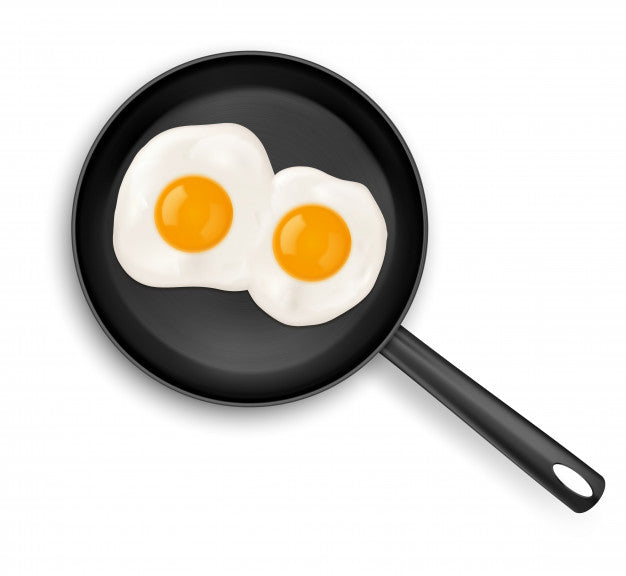
Ghee can be used for frying or scrambling eggs, as a glaze over boiled and poached eggs and also to make omelettes.
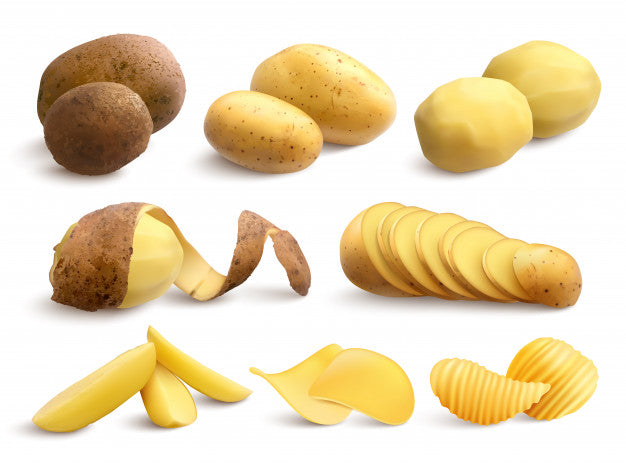
Use Ghee to sauté, roast, bake, mash or fry potatoes. Make chips, home-made crisps and any potato recipe with ease in Ghee. Ghee is a high temperature stable cooking fat or oil.
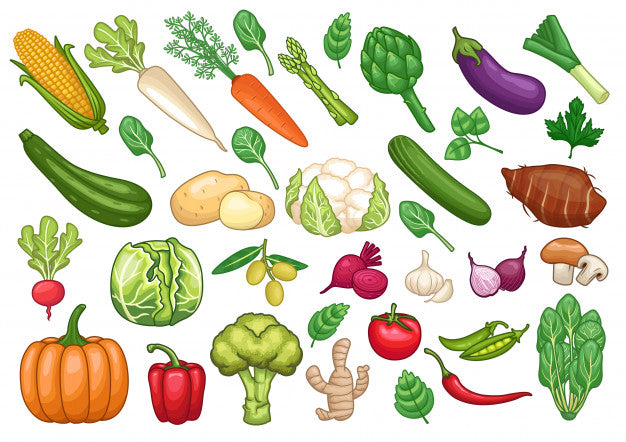
For vegetables too, you can saute, bake or roast them in ghee or make stews, curries, one-pot meals, vegetable pasties etc. in Ghee.
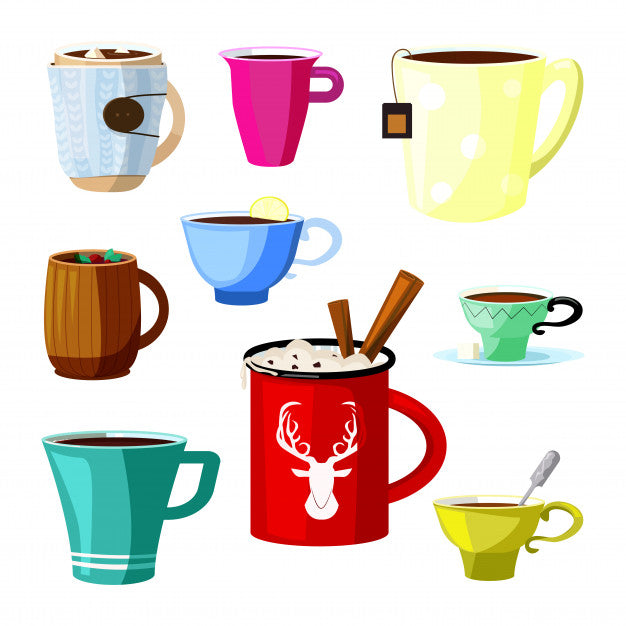
Use plain Ghee, Turmeric Ghee and Cinnamon Ghee, to create infused latte, golden milk, bullet proof coffee, or in soups and bone broths. Any hot drink can be made nourishing and healing with Ghee. The world has already discovered Ghee lattes, bullet Proof coffee and Ghee teas. Try and explore the Ghee wealth.
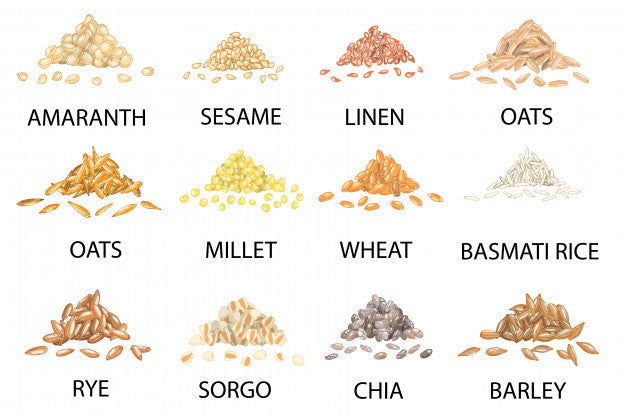
Use Ghee and its infused variety to create rice dishes, biriyani, pilau rice, fried rice etc. or add a tablespoon in your morning hot cereal or oats to kick start the day.Mostly all your cereals and grains can be cooked in Ghee.
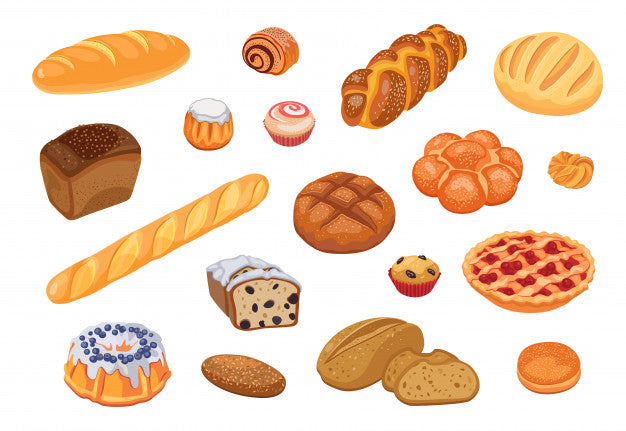
Ghee and other Ghee infusions can make all your breads interesting. A fine glaze of ghee on your bread before toasting it can make it crispy and flavoured. Convert plain breads, naan and roti to garlic bread and garlic naan, by glazing these with our Roasted Garlic Ghee. A tablespoon of plain or infused Ghee on crumpets, will result into sumptuous, moist and irresistible crumpets.
Ghee can also be used to make all your sea food. You can stir-fry prawns in it, make pan-fried salmon, sauté mussels and bake or roast any kind of seafood dish using Ghee.
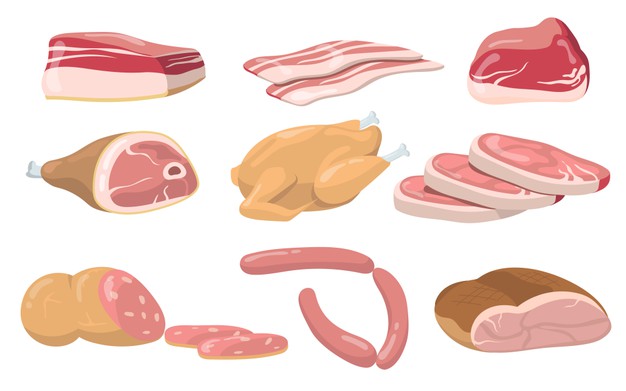
Ghee and meats are in a special unbreakable relationship. Steaks, sausages, ribs and cutlets will be enhanced in their flavours when cooked in Ghee. Make full English breakfast in Ghee, Steaks roasts and grills too. The Ghee oil brushing on meats, chicken tikka and on roast vegetables during Barbeques is an Indian Tandoori Style cooking, that imparts the Ghee-Coal combination of smoky flavour to the cooking.
Ghee finds its roots in the ancient Ayurveda texts where Ghee was called the ultimate fuel for the body. Ghee is a natural prebiotic and probiotic, that supports our gut and colon health. Ghee contains Vitamin A, D, E, K, CLA (Conjugated Linolic Acid); Omega £ & Omega 9 fatty acids; and Butyric Acid. Ghee has been given many names – ‘ultimate fuel’, ‘ lubricant for joints’, ‘pre-biotic’,'pro-biotic', ‘immunity supercharger’, ‘thyroid function modulator’, ‘antioxidant superfood’, ‘beautiful babies maker’, ‘anti-inflammatory oil’ ; and so on.. Our ancestors used Ghee as a medicinal remedy for Coughs and Colds, De-worming in kids, Heartburn and Indigestion, Constipation, Gastritis and ulcers, skin ailments, hair fall, weak immune system, heart health, and many other beneficial cures. Some of these are still prevalent amongst believers.
( NOTE: This is not an advice, but information shared on the ancient Ayurvedic usage of Ghee.)
The bacteria or bugs in our intestinal tract actually make butyric acid. The actual microbe that produces butyric acid in the gut – Clostridium butyricum has been used in Asia as a probiotic since the 1940’s. One study showed that people with poor gut health have less butyric acid production in the gut. Butyric acid is known to improve gut health, reduce inflammation and control functioning of T-Cells which are the first line of immunity defence against most bacterial and viral infections.
Our Ghee is clarified and filtered to the point where Casein and Lactose are mostly removed. We use the traditional Ayurvedic recipe resulting in the grainy texture of our Ghee, which is different from many other brands of Ghee which are smooth and creamy. We are artisan Ghee makers; thus, our batches are small and handmade. Our Ghee is Non-GMO, Vegetarian as no Rennet used, Yeast free and preservatives free too. The butter we use comes from Grass Fed cows from Organic feed.
The Butter we use comes from free-ranging, organic-pasture fed cows. In Britain, organically raised cows graze on grass in the summer. In many cases they'll remain grazing throughout winters too, but for some farmers this isn't possible or viable. In the winter season, they are sheltered in the dry and warm barns and are fed conserved grass in the form of hay, silage or straw - again all organic. Once spring comes, they go back to the fields to graze on the fresh grass again.
We find ghee in many different textures available at the stores. Some are creamy, some are solid, and some are grainy. The Ayurvedic Ghee is known to have a grainy look, which means that the Ghee is cooked to perfection and is free of Lactose and Casein. The soft and creamy ghee pulled by large centrifuge machines at a commercial setting is unlikely to be free of all milk solids. On the other hand, the hard, solid, and browned-off texture of the Ghee is an indication that it has been over cooked.
Ghee has a very high smoke point (250°C/482°F). Most cooking oils known as “cold pressed” or “virgin” oils have a low smoke point of 175°C. These contain minerals and enzymes that can be destroyed by heat. If these types of oils are heated to the point that they are smoking, the fats will start to break down forming trans-fats. Trans-fats raise the bad cholesterol and are the worst of the fatty acids to eat. Ghee is totally safe to cook or fry with, being high temperature stable. Ghee can also be consumed raw straight out of the jar.
Coconut oil is about 90% saturated fat. Too much saturated fat in the diet is unhealthy because it raises "bad" LDL cholesterol levels, which increases the risk of heart disease. Coconut Oil has an acquired sweet taste which may not go with some foods and cooking. Also, coconut oil has none of the much-cherished Vitamins A, D and K2 that Ghee has.
By virtue of being Lactose and Casein free and being gut friendly, this Indian Ancient Superfood is an essential in almost all the healing diets like Paleo, Keto, Fodmap, Whole30, GAPS, Macrobiotic, Ayurvedic, Dairy free, to name a few. Many Nutritionists’ claim that Ghee is the new superfood and is their favourite recommendation for Nutritional Therapy.
The great news about our Ghee is that it has a pretty extensive shelf life – much longer than butter once the milk solids are removed. An unopened plain jar of Ghee can be stored in a dark place at room temperature, for up to 2 years. Our Infused Ghee can be stored similarly for up to 6 months to a year, based on the spice used (see jar label). In Ancient Ayurveda, Ghee used to be aged for medicinal purposes. As per ayurvedic apothecarists, more the aging of the Ghee, more the healing benefits. Casks used to be passed down to the next generations to preserve and keep continuing the apothecaries’ treatments.
After the jar is opened, it can stay at room-temperature for up to 3 months, or a year and more in the refrigerator, provided the jar does not get water or steam in it. Similarly the Infused Ghee should last for up to 1 month after opening and 6 months in the refrigerator. Belief passed down from my family’s traditions says that it will store almost indefinitely in the fridge.It is absolutely normal for Ghee to fully or partially solidify depending on the temperature. Use a dry spoon to get the ghee out.
Our ghee jars are vacuum sealed, and an unopened jar may be safely used after the “Best Before” date as long as the Ghee does not smell rancid or shows any mould or tastes bad. There should be no noticeable change in the flavour, smell, and appearance of the ghee in that jar. There is no exact time for how long ghee will remain edible once it’s beyond its Best Before date. You must use your own best judgment. Also, refrigerating the jar after opening will extend its shelf life.
Ghee Appétit, spices Infused Ghee can be used in many versatile ways to enhance your culinary experience. We love to leave our infusions in the jar for a wholesome experience. To loosen out the ghee so that the spice infusion can be stirred, place the jar for 45 seconds/1minute in the microwave or place the jar in a bowl of kettle boiled water. Since, Ghee has a very high smoke point, there is no chance of any harm to the Ghee by warming it up. Ghee can be warmed and allowed to set, several times, during its life span without causing any damage to Ghee’s properties.
Ghee is used for many other than food purposes too.
• Ghee oil pulling
• Ghee massage on skin and hair
• Ghee Oil lamps and burners
• Ayurveda beauty treatments with Ghee